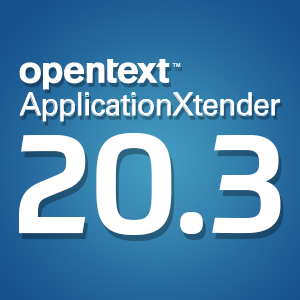Document management and disaster recovery
Thursday, October 17, 2013A year ago this month, Hurricane Sandy battered the East Coast, causing widespread damage to homes and businesses in the area.
In August, the Commodity Futures Trading Commission's Division of Swap Dealer and Intermediary Oversight, the SEC's Office of Compliance Inspections and Examinations and the Financial Industry Regulatory Authority issued a joint advisory on business continuity and disaster recovery planning in the aftermath of the hurricane, advising industry players to pay attention to alternative location planning, key vendor preparedness, reviewing and testing, telecommunications services and technology, communication plans and preparations for widespread disruption. This in turn prompted the U.S. Securities and Exchange Commission released a risk alert recommending that financial advisors shore up their disaster recovery and business continuity plans to minimize the destruction wreaked by future natural disasters.
Digital processes augment disaster recovery
Just as it has revolutionized core enterprise operations such as information management, business process automation makes up a core component of continuity and disaster recovery planning. Before advances such as digital backups, off-site data storage and the cloud, an office that experienced the misfortune of having its servers compromised by flooding, for example, was ultimately out of luck when it came to rebuilding its information base. Undoubtedly, digitization has transformed disaster planning for the better, mitigating data loss for thousands of firms. That said, in terms of operating during and in the wake of a disaster, there is one obvious caveat: When the lights are out, access to electronic data is compromised.
How crucial are paper-based business continuity plans?
With this in mind, international business continuity information portal Continuity Central recently conducted a survey that asked participants how important they deemed paper-based business continuity plans. More than half (55.6 percent) of respondents categorized paper-based plans as "essential," with one-quarter declaring them to be "quite important" and 19.7 percent dismissing them as "not important." Moreover, business continuity professionals at large and micro organizations placed the highest priority on paper-based plans, with 57.3 percent and 63.6 percent classifying them as "essential," respectively. They were trailed by their counterparts in small organizations (an even 50 percent) and medium-sized entities (42.9 percent).
Among those survey participants who were unconcerned about ensuring they had paper copies of their business continuity plans, the prevailing reasoning was that electronic backups would still be available online via a range of virtual storage solutions and accessible through smartphones, tablets and other devices even if a company's hardware infrastructure was itself compromised.
"With the availability of virtual storage solutions, it is far easier to access material during an incident (and to be honest is more likely to be so as users will have greater access) using this capability," wrote one respondent. "This does not completely kill off the need for hard copy but certainly reduces its importance."
Another participant opined that although paper-based plans were not a categorically bad idea, they should be used sparingly, if at all, and "should only contain what is not commonly known, e.g. internal and external contacts (and even these will be held on portable devices), detailed technical specifications / procedural requirements etc. (which are likely to be replicated in paper or digital form at an alternate site)."
Indeed, document management software gives employees access to archives that would otherwise be inaccessible during a disaster, allowing them to more quickly get back to normal workplace operations if their buildings are unscathed, or to work remotely in the event that their offices are compromised.
Brought to you by Image One Corporation, providing complete information governance since 1994.




